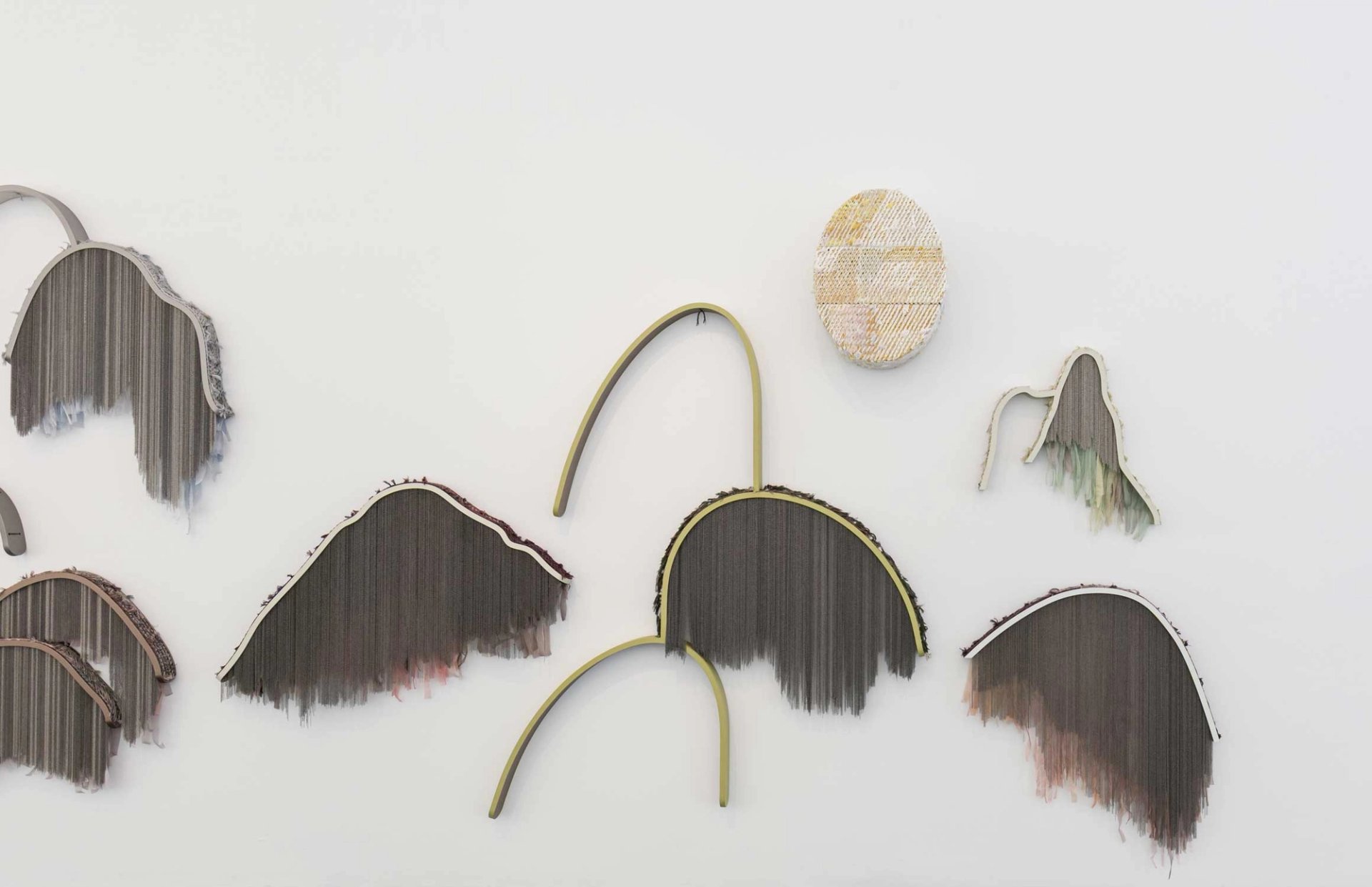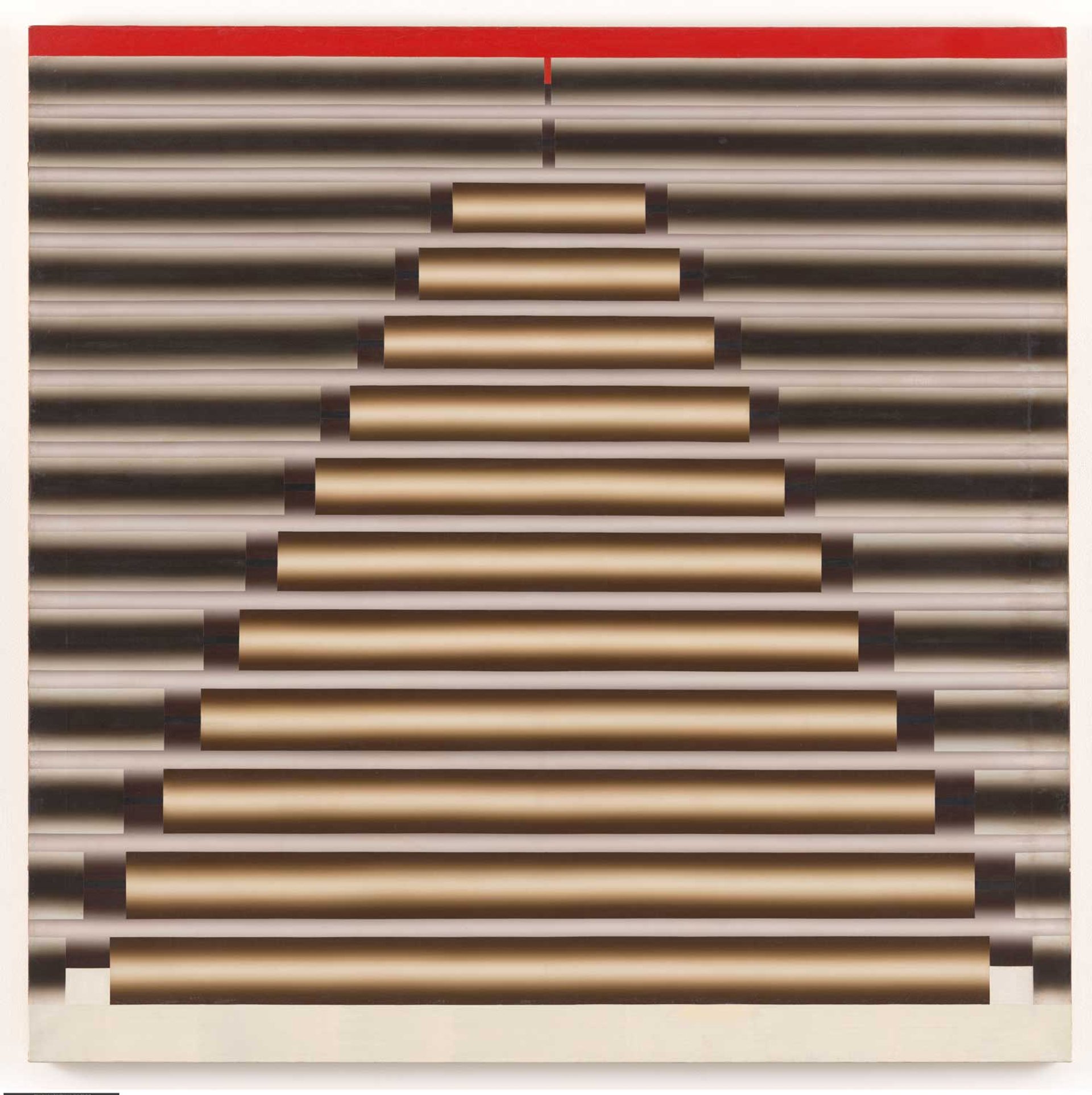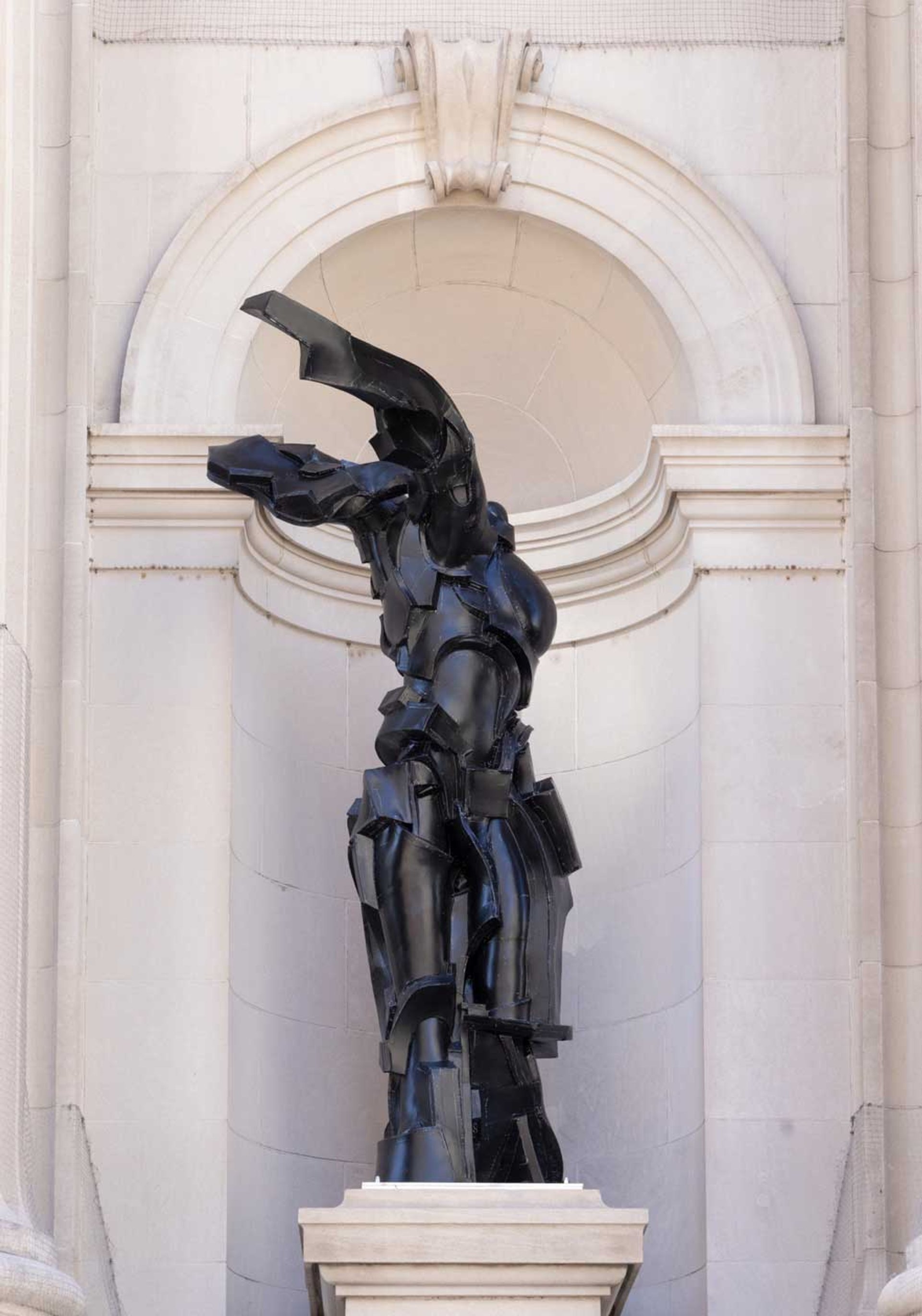Korean artists are taking the world by storm—but why does their work resonate so widely?
Korean artists have been part of the global art circuit for decades now, but their place in the art world and popular understanding is shifting to something more nuanced as more contemporary and conceptual artists take centre stage. The artist Haegue Yang describes the recognition as overdue: “There are great artists in Korea. There always have been. No matter what circumstance— politically, socially, culturally—the artists are great.”
“The global awareness of Korea and its culture has increased exponentially with the recent trend in popular culture,” including in the Gulf and surrounding regions, says Sharjah Art Foundation curator Jiwon Lee. “From younger generations who grew up with K-pop to older generations who regularly watch Korean soap operas, Korean culture has managed to make its mark within the general public’s global map of culture.”
Korean culture has managed to make its mark within the general public’s global map
“I think there is still a great excitement about what’s happening in Korea, and you can see that in the US certainly,” says Clara Kim, the Korean-American chief curator and director of curatorial affairs at the Museum of Contemporary Art in Los Angeles. “People are wanting to go and visit; there is certainly a buzz around what is happening.” Visiting Frieze Seoul for the first time last year, “it was great to see it evolving – I don’t know if all of it is good, but [it is] evolving.” Though the buzz now is more commercial, “it does create that interest; it gets people there. Twenty years ago it was just the curators who would go. But now, what you’re seeing is greater interest in the whole art world.”
Do Ho Suh’s Rubbing/Loving Project: Seoul Home (2013–22) is on show at Tate Modern in London
© Do Ho Suh
However, art’s nuance and complexity resists packaging into a brandable “K-art”. While the traditional ink-based art and the abstraction of the Dansaekhwa movement is still apparent in artists like Do Ho Suh (currently exhibiting at Tate Modern in London), younger conceptual stars like Yang, Lee Bul and Mire Lee are garnering more recognition. Korean contemporary art’s referencing of Korea’s historical traumas and recent turmoil adds an additional layer to that defiance of easy categorisation, but means there is a lot of depth for the world to still discover about Korea and its art.
Broadly, “since the 1990s, Korean art has increasingly engaged with contemporaneity and plurality within the overarching sociopolitical and cultural transformations of globalisation,” says Kyung-Hwan Yeo, a curator at the Seoul Museum of Art (SeMA) and co-organiser with Maya El Khalil of the exhibition Layered Medium: We are in Open Circuits at Manarat Al Saadiyat, Abu Dhabi (until 30 June). That engagement has been facilitated by Korea’s major biennials—Gwangju, Busan and Seoul Mediacity, respectively established in 1995, 1998 and 2000—“as well as a surge in the founding of both public and private art institutions and an explosive diversification of artistic media. These developments have gradually led to the institutionalisation of contemporary art platforms in Korea throughout the 2000s, thereby expanding opportunities for Korean artists and contemporary Korean art to be presented and appreciated internationally.”

Suki Seokyeong Kang’s recent exhibition at the Museum of Contemporary Art Denver was her largest US show to date
Photo: Wes Magyar
Once-overlooked works are being acquired by collectors and institutions, and scholarly research is rapidly increasing
Over the past decade, says Yeo, “Korean art has increasingly evolved into a globally connected platform that engages with and responds to the international art scene in real time.” Accompanying that have been “significant structural changes within the Korean art ecosystem itself, driven by highly complex and interrelated factors”, particularly the entrance of major international galleries like White Cube, Perrotin and Pace into Seoul, and their embrace of representing Korean artists internationally. “The launch of Frieze Seoul in 2022 further amplified these dynamics, generating significant synergies alongside the quantitative growth of the Korean art market.”
The recent growth finds outlet in shows like Layered Medium, Time after Time: Second Lives of the Immaterial, to be organised by SeMA at Singapore Art Museum in September; Lee Ufan: Quiet Resonance, at Sydney’s Art Gallery of New South Wales (until 7 September);and a Lee Bul solo show at Hong Kong’s M+ next March.

Nucleus F-G-999 (1970) by Lee Seung Jio is in the collection of the Museum of Modern Art in New York
© 2021 MoMA, New York
There have also been broader historical exhibitions such as 2023’s Only the Young: Experimental Art in Korea 1960s-1970s, held first at Korea’s Museum of Modern and Contemporary Art (MMCA) before travelling to New York’s Guggenheim and Los Angeles’s Hammer Museum. That was a landmark show, says Yeo. “The exhibition shed new light on the avant-garde practices of Korean artists in the 1960s and 1970s, and explored how their experimental approaches resonated with global art movements of the time—and how they continue to engage with contemporary art practices today.” She aims to extend that engagement with Layered Medium, which will show how the “avant-garde spirit” of the experimental 1960s “was expanded through the role of Nam June Paik—a globally influential artist whose practices helped draw Korean art out of its regional context and connect it to the international art world”. It then traces the evolution of these ideas through the 2000s.
According to Only the Young curator Soojung Kang, a senior curator at MMCA, the show’s artists like Jung Kangja and Sung Neung Kyung “were already present within the fabric of global avant-garde art, but the exhibition revealed their voices anew—reframing them as central to the broader international discourse. Its ripple effect is evident; participating artists are now regularly invited to solo and thematic exhibitions, their once-overlooked works are being acquired by collectors and institutions, and scholarly research is rapidly increasing.”
‘Koreanness’ is not a label to claim, but rather a deeply rooted artistic preoccupation artists have wrestled with over time
Art informed by South Korea’s eras of dictatorship, then transformation into a democracy, resonate globally in this era of democratic erosion and nascent resistance. Korean art’s current moment, intertwined with the broader Korean wave, makes visible “the foundations of Korea’s cultural identity,” Kang says. “It shows how “the post-war reality of rebuilding a nation amid contradictions and hope gave rise to an urgent wave of creative experimentation. The passionate and often radical aesthetic expressions from that time provide a vivid testimony of the era.”
Despite the intensity of the Korean identity, Korean artists resist typecasting, very few trading primarily on their origins. “Their defining characteristic is the wide spectrum of themes, mediums and contexts with which each artist engages with individually,” Yeo says. For most, “‘Koreanness’ is not a label to claim, but rather a deeply rooted artistic preoccupation they have wrestled with over time.” Korean aesthetics and identity are “continuously broken down and renewed within Korea’s cultural, economic and social context”.

Lee Bul’s Long Tail Halo is the Metropolitan Museum of Art’s Genesis Facade Commission (until 10 June)
Photo: Eugenia Burnett Tinsley; courtesy Metropolitan Museum of Art
Substantial growth of a scene “is not about finding a universal language or watering down the definitions but about being self-aware, providing access points and considering space and time for translation,” says Jiwon Lee. “Given this, Korean contemporary art can communicate a myriad of different themes, pulling from its rather dramatic transformation in the past century—from being a previously colonised and war-ridden country to rising to a significant economic power in the world, as well as the societal conflicts and unresolved discords that derive from it.”




